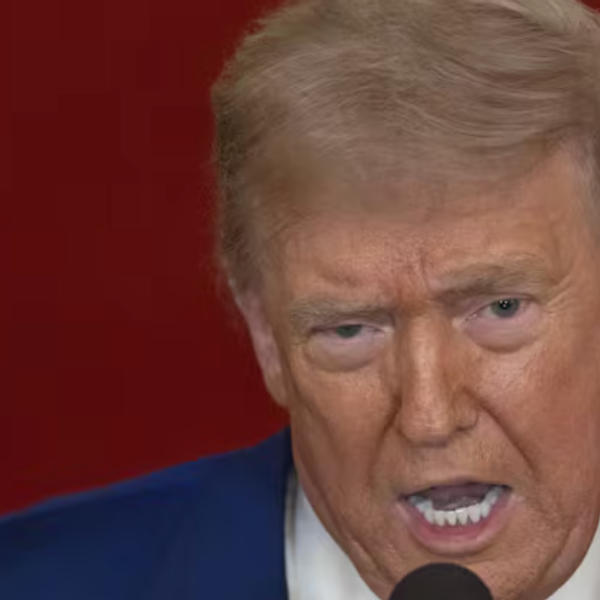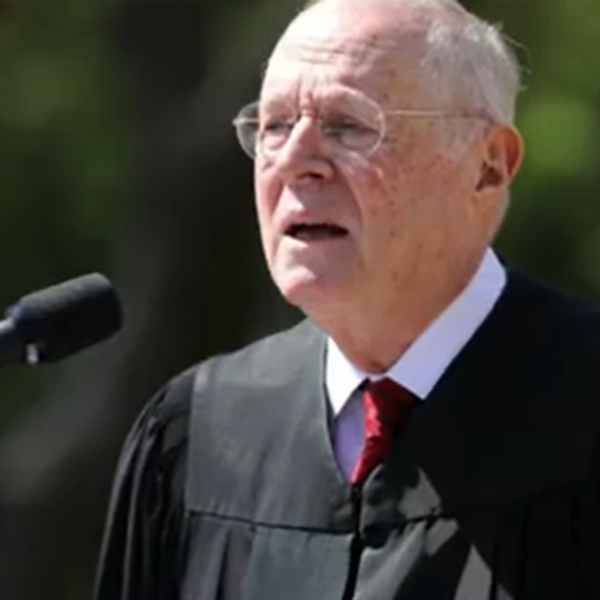Study: Political Ads Dwarfed News Stories About Actual Political Issues In 2014

By David Knowles, Bloomberg News (TNS)
Politics has become all about the ads.
A new study by Philly Political Media Watch finds that during evening newscasts leading up to the 2014 midterm elections the airtime given to political ads dwarfed stories about political issues by a ratio of 45:1.
The study — paid for, in part, by the Democracy Fund and the Rita Allen Foundation, and with analysis provided by the Sunlight Foundation — examined newscasts in the Philadelphia viewing area for the last two months of the 2014 campaign and found that the vast majority of political advertising aired during local nightly news programs. But while those broadcasts may have been packed with political ads, the news segments were largely devoid of political issues.
“In the final eight weeks before Election Day 2014, six broadcast television stations that serve the Philadelphia metro area benefited from a $14.4 million bonanza in political ads. Over that same period those stations aired fewer than 19 minutes of substantive political stories — those devoted to actual campaign issues as opposed to news of candidate appearances,” the study’s authors wrote in their executive summary.
The Philadelphia market dominates three regions: Pennsylvania, Delaware and southern New Jersey, and the study found that even in non-competitive races in that area, candidates continued to spend heavily throughout the course of the last few weeks of the campaign. The big winner of this trend? The companies that own the television stations.
“The Gannett Company controls 46 stations and its political advertising revenue was over $92 million in the fourth quarter of 2014, part of an 117 percent increase in broadcast revenue (Fox, 2015),” the authors said in their conclusion. “Sinclair is the largest local television station group. It owns, or controls through service agreements, 167 stations in 79 different media markets. In the fourth quarter of 2014 its political ad revenue reached over $80 million as part of its $130 million political ad revenue in 2014. To put that into perspective, its political ad revenue in 2006 was $30 million. The 2014 revenue represented a 433 percent increase (Fox, 2015).”
While reaping the financial benefit from a flood of advertising dollars, however, the stations did not feel the need to substantially increase the political content of their news programs.
“This study reveals that when people watch local news broadcasts prior to an election, they are being exposed to far more political advertising during the commercial breaks than political journalism during the news programs themselves,” Travis N. Ridout, a professor of government and public policy at Washington State University, said in a press release. “And little of the news about political campaigns is focused on policy issues. These findings should make us rethink the role of local news in today’s campaigns.”
Screenshot: YouTube








